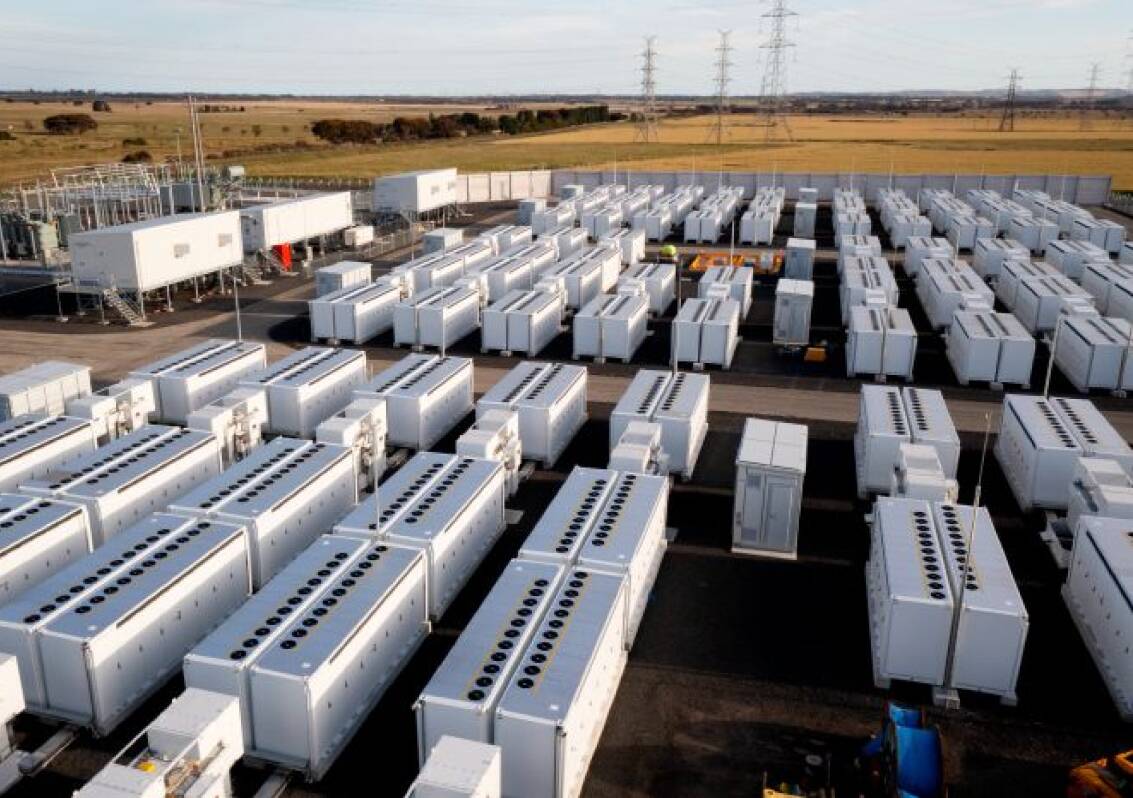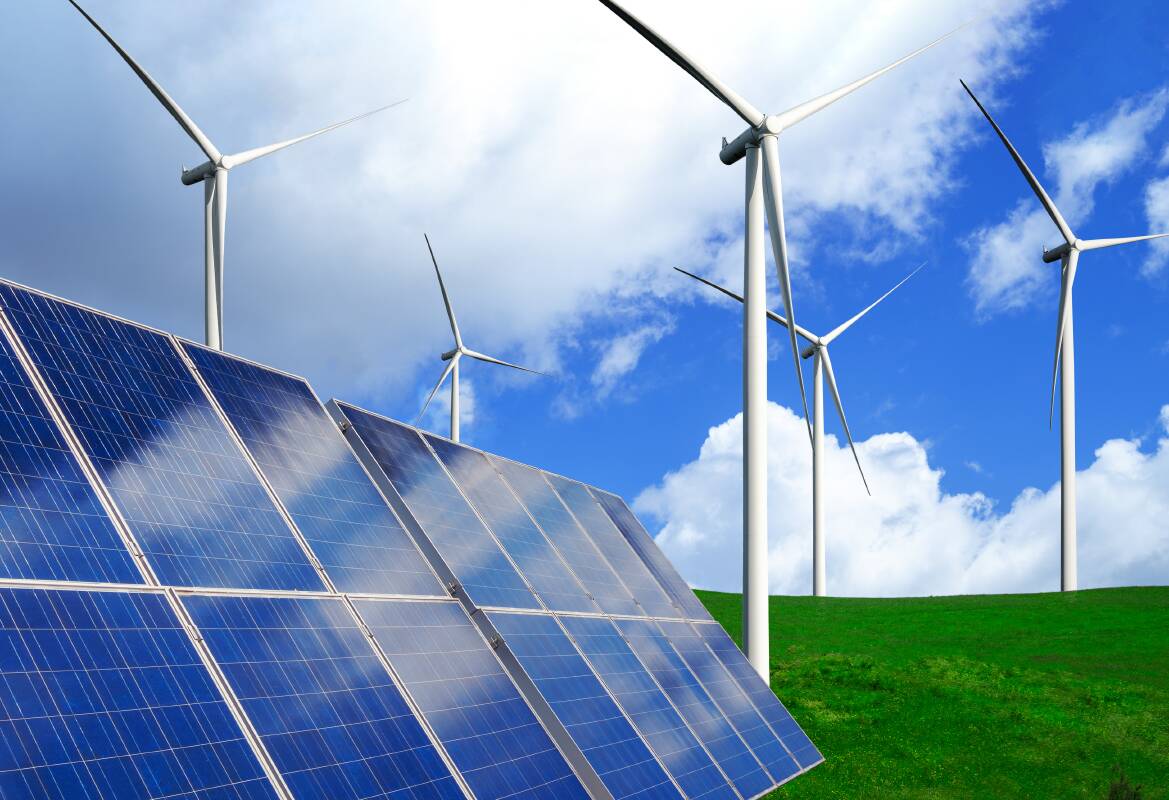
SIXTEEN clean energy projects have been shortlisted by the National Electricity Market regulator as it works to finalise the first tender conducted under its Electricity Infrastructure Roadmap, which includes the Hunter and Central Coast regions as a renewable energy zone.
The 4.3 gigawatts of generation would be enough to power 1.6 million homes.
The tender outcome is expected in April.
Treasurer and Energy Minister Matt Kean announced the short list on Friday morning, but no details of the 16 bids were made available, with government sources citing a need to "ensure the integrity of the bid process".
The tender process is being conducted by AEMO Services, a subsidiary of the Australian Energy Market Operator.
Mr Kean said there had been "overwhelming investor interest" in the roadmap.
Bids for more than 4.3 gigawatts of electricity generation and "long-duration storage" would be assessed.
Long-duration storage is defined as eight hours supply or more - suiting pumped hydro - whereas grid batteries are typically used for shorter periods.
"This is a promising start to the $32 billion in private capital we expect to see through our 10-year schedule of rolling competitive tenders," Mr Kean said.
He said the roadmap was designed to help with the provision of "clean, reliable and more affordable electricity for decades to come".
Mr Kean said that once the projects were assessed, the successful applicants would be awarded "long-term energy service agreements" that he said would "underpin the modernisation of the state's electricity system".
He said shortlisted projects had until February 10 to submit their detailed financial bids.
He said the roadmap aimed to have 12 gigawatts of renewable energy and two gigawatts of long-duration storage by 2030.
The $32 billion in privately funded generation is being sought to provide the power that will be needed as the state's coal-fired generators are shut down.
The chair of AEMO Services, Paul Moy, said the organisation was conducting the decade-long series of competitive tenders in its role as "Consumer Trustee" for the grid.
Dr Moy said the outcome was expected in April.
AEMO Services executive general manager Paul Verschuer said the shortlisted projects needed to demonstrate long-term financial value in order to be recommended for support payments through "long-term energy service agreements" (LTESAs).
"We know that most energy incentive schemes around the world achieve their energy goals, but sometimes at a significant cost to consumers and government," Mr Verschuer said.
"We take a different approach and will only recommend projects that are in the long-term financial interests of NSW electricity consumers.
"We expect competition to intensify over time as the Renewable Energy Zones are developed, and as the market continues to deliver new solutions to the energy transition."
The infrastructure roadmap announcement comes after the NSW Environment Protection Authority announced a fundamental shift in its treatment of carbon dioxide (CO2), as part of its Climate Change Policy and Action Plan 2023-26.
The plan, finalised this month after public consultation late last year, covers "all greenhouse gases and related short-lived climate pollutants" - black carbon, methane, ground-level ozone, and hydrofluorocarbons - emitted through human activities.
The EPA said it had been ordered by the Land and Environment Court to "fulfil its statutory duty to develop environmental quality objectives, guidelines and policies to ensure environment protection from climate change" in an August 2021 decision, Bushfire Survivors for Climate Action v EPA.
An electricity industry peak body, the Australian Energy Council, warned last week that the new EPA plan went into "uncharted territory that will need to be carefully navigated".
The council acknowledged the Bushfire Survivors case as "the impetus" for the EPA's action.
"For the electricity sector in NSW there are already policies in place, such as the NSW Electricity Infrastructure Roadmap and electricity strategy, that will drive emissions down," AEC chief executive Sarah McNamara said last week.
" At the same time, there are federal targets to reach an 83 per cent renewable share of generation, which will continue to see electricity sector emissions fall dramatically."

To see more stories and read today's paper download the Newcastle Herald news app here.







